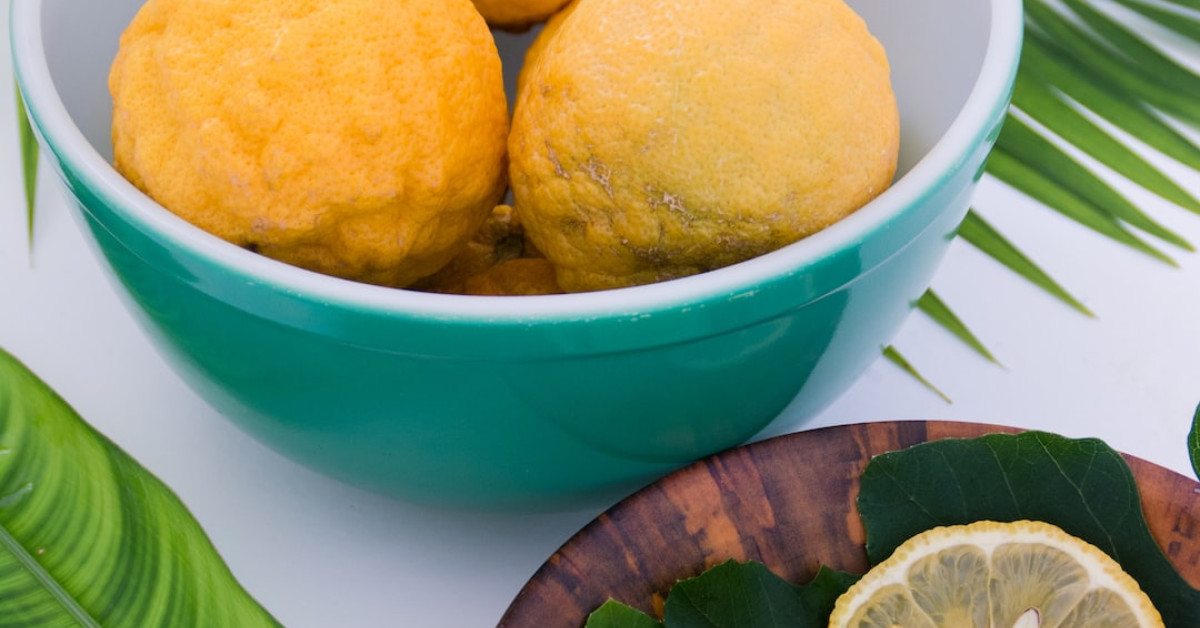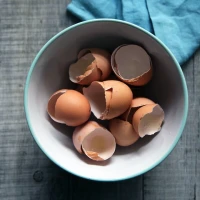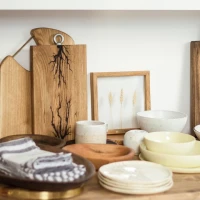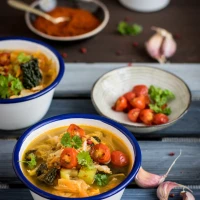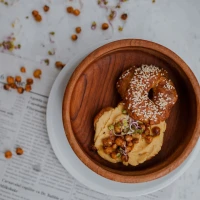Engaging our senses with the delightful fragrances and tastes of freshly ground herbs is an art steeped in tradition and modern know-how. As aficionados of culinary excellence and purveyors of bowl food culture, knowing how to expertly use a grinding bowl for herbs is a key skill in unlocking the true potential of flavor and aroma in our cuisine.
Herbs are nature’s flavor powerhouses, and the act of grinding them is akin to an alchemist transforming basic metals into gold. To fully engage in this transformative process, understanding the nuances of preparation, choice of bowl, grinding technique, and storage is paramount. This detailed guide will provide you with seven crucial grinding bowl tips that ensure every pinch of herb enhances your dishes with maximum flavor.
1. Choosing Your Ideal Grinding Bowl
The quest for the perfect grinding costco chicken teriyaki bowl for herbs begins with selecting the right material and size that suits your culinary needs.
Materials Matter: Stone, Wood, or Ceramic
Stone Bowls
- Durability: Stone bowls, particularly those made from granite or marble, offer long-lasting wear.
- Heft: The weight of stone helps with the grinding process, requiring less exertion from you.
- Temperature Regulation: Stone naturally retains temperature, which can aid in releasing oils from herbs.
Wood Bowls
- Aesthetics: Wooden bowls deliver a rustic charm and can be hand-crafted with intricate designs.
- Versatility: Softer than stone, wooden bowls are less likely to damage delicate ingredients.
- Maintenance: They require more upkeep to prevent stains and odors.
Ceramic Bowls
- Non-Porous: Ceramic options resist absorption, keeping flavors pure.
- Variety: Available in numerous colors and patterns.
- Careful Handling: Ceramic can chip or break if not handled gently.
Size Considerations
- Smaller bowls are perfect for fine grinding small quantities whereas larger ones accommodate bulky herbs or mixtures.
- Ensure the bowl fits comfortably in your hand, providing stability during the grinding process.
2. Preparing Herbs for Optimal Grinding
To unlock the full potential of your herbs, preparation is a critical step not to be overlooked.
Drying Herbs
- Fresh vs. Dry: While fresh herbs offer a burst of flavor, drying concentrates their oils, intensifying both aroma and taste.
- Methods: Use a dehydrator, air-dry by hanging, or dry herbs in the oven at a low temperature.
Cleaning
- Rinse: Swiftly rinse fresh herbs to remove any dirt, taking care not to bruise delicate leaves.
- Pat Dry: Before grinding, ensure the herbs are completely dry to avoid clumping and ensure even grinding.
3. The Art of Grinding Herbs
Embarking on the grinding journey requires a technique that preserves the herbs’ essential oils crate and barrel bowl flavor.
Technique Tips
- Gentle Pressure: Use a circular, firm motion with gentle pressure to grind herbs, avoiding aggressive pounding.
- Even Grinding: To achieve a uniform texture, periodically shake the bowl to redistribute the herbs.
- Pulse Grind: For tougher leaves or seeds, a pulsing action can help break them down before finer grinding.
4. Enhancing Flavors Through Grinding
Understanding how the grinding process can elevate your dish’s flavor profile is essential. sad beautiful tragic guitar tabs
Release of Essential Oils
- Aroma Release: Grinding breaks down cell walls, releasing volatile oils responsible for an herb’s signature scent and flavor.
Impact on Cooking
- Immediate Use: Freshly ground herbs are more vibrant, ideal for finishing dishes or for raw preparations.
- Redistribution of Flavors: Ground herbs integrate more readily with other ingredients, ensuring a cohesive taste experience.
5. Recipes Using Ground Herbs
To inspire your culinary explorations, here are some select recipes that showcase the mighty power of ground herbs.
Marinades
- Herbaceous Mix: Combine ground rosemary, thyme, and garlic for a robust marinade.
Desserts
- Spice-Infused Sweets: Grind cinnamon, nutmeg, and clove for a warm spice blend perfect for desserts.
6. Cleaning and Care for Your Grinding Bowl
After each use, properly caring for your grinding bowl me over recipes for herbs will extend its life and prevent flavor cross-contamination.
Cleaning
- Immediate Rinse: Post-grinding, promptly rinse the bowl to prevent herbs from sticking.
- Soap or No Soap: For stone and wood, often a little water is sufficient. If soap is necessary, ensure it’s mild and thoroughly rinsed off.
Oiling Wood Bowls
- Apply a light coating of food-grade mineral oil to maintain the wood’s condition and prevent drying out.
7. Proper Herb and Ground Mixture Storage
Once your herbs are ground, proper storage is critical for preserving their potency.
Storage Tips
- Air-Tight Containers: Store ground herbs in small, darkened glass containers to limit exposure to light and air.
- Cool, Dark Places: Maintaining a cooler temperature helps in slowing down the degradation of the herbs’ essential oils.
- Labeling: Keep track of what you’ve ground and when, freshness is key for pungent flavors.
In conclusion, the journey towards vibrant, flavor-packed bowl food starts with the mastery of one’s grinding bowl for herbs. Integrating these tips into your herbal preparations will ensure that each dish you craft carries the full spectrum of aroma and taste that nature intended. Whether you’re an experienced chef or a home cook, your culinary creations will be transformed into fragrant masterpieces, delighting the palates of all who taste your work. Let the simple act of grinding herbs become a ritual that heightens the senses and enriches your food with every grind.
